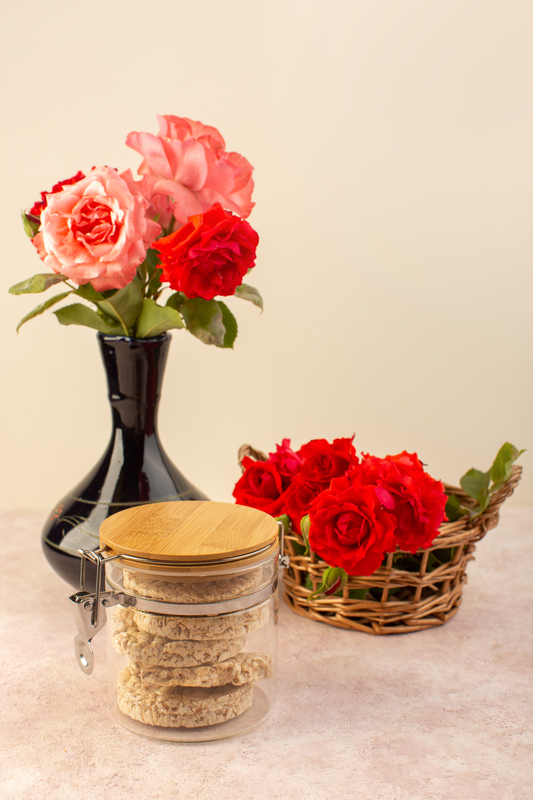Choosing the right size of cremation urn for a loved one's ashes is an important decision, often made during a time of emotional stress. Understanding the various aspects of selecting an urn can make this process smoother and ensure that the chosen urn serves as a fitting tribute. Here are key considerations to help you choose the right size of cremation urn.
Understanding Cremation Urn Sizes
Cremation urns come in various sizes, typically categorized as individual, keepsake, companion, and infant urns. The size of the urn is usually measured in cubic inches, corresponding to the volume of ashes it can hold. As a general rule, one pound of body weight prior to cremation will result in approximately one cubic inch of ashes. Here’s a closer look at each type:
-
Individual Urns: These are designed to hold the ashes of one person. They are the most common type and typically range from 150 to 300 cubic inches. For an adult weighing around 200 pounds, a 200 cubic inch urn would be appropriate.
-
Keepsake Urns: These are smaller urns intended to hold a portion of the ashes. They are often used when ashes are to be divided among family members or for when a small amount of ash is kept while the rest is scattered or buried. Keepsake urns usually hold less than 50 cubic inches.
-
Companion Urns: These larger urns are designed to hold the ashes of two people, often spouses. Companion urns generally range from 300 to 600 cubic inches, allowing space for two sets of ashes.
-
Infant Urns: These are smaller urns intended for infants and small children. Their size varies but is generally below 50 cubic inches, depending on the age and size of the child.
Steps to Choose the Right Size
-
Determine the Amount of Ashes: As mentioned, the general rule is that each pound of body weight will result in one cubic inch of ashes. However, it’s advisable to add a little extra space to ensure all ashes fit comfortably.
-
Consider the Purpose of the Urn: Are you planning to keep the urn at home, scatter the ashes, or bury them? If you plan to keep the urn at home, the size may also depend on the display location. For burial, it’s essential to check the regulations of the cemetery as they may have specific size requirements.
-
Check for Additional Remains: If you plan to include other items like letters, flowers, or personal mementos with the ashes, you will need a larger urn to accommodate these items.
-
Consult with the Funeral Home: Funeral homes and crematories can provide guidance based on their experience and may also offer a selection of urns. They can measure the remains and suggest an appropriate size.
Additional Considerations
-
Material and Design: While the size is crucial, the material and design of the urn are also important. Urns come in various materials, including wood, metal, ceramic, and biodegradable options. Each material has its own aesthetic and practical benefits. For example, biodegradable urns are suitable for water or earth burials, while metal and wood urns are ideal for display.
-
Personalization: Many urns can be personalized with engravings, photographs, or other decorative elements. When choosing an urn, consider whether you want these personal touches, as they can add to the emotional significance and may influence the size needed.
-
Future Plans: Consider whether you might want to transfer the ashes in the future. If so, a durable and slightly larger urn might be a better option to ensure the remains are easily handled and relocated.
-
Split Ashes: If you plan to split the ashes among family members, ensure that you have enough smaller keepsake urns or jewelry urns. Each keepsake urn should be chosen based on the amount of ashes each family member wishes to keep.
Practical Examples
To illustrate, if you are selecting an urn for an adult weighing 180 pounds, you should look for an urn that holds at least 180 cubic inches. However, opting for an urn with a capacity of 200 cubic inches provides a comfortable fit. For an infant weighing 20 pounds, a 20 cubic inch urn would be appropriate, with a little extra space if mementos are to be included.
If you are considering a companion urn for two adults weighing 150 and 160 pounds, an urn with a capacity of at least 310 cubic inches would be suitable. However, choosing an urn around 350 to 400 cubic inches might be more practical to ensure a comfortable fit for both sets of ashes.
Conclusion
Choosing the right size of cremation urn is a personal and significant decision. By understanding the basics of urn sizing, considering the purpose of the urn, and consulting with professionals, you can select an urn that honors your loved one’s memory appropriately. Whether you opt for an individual urn, a keepsake, or a companion urn, the right choice will provide a fitting and lasting tribute to their life and legacy.



